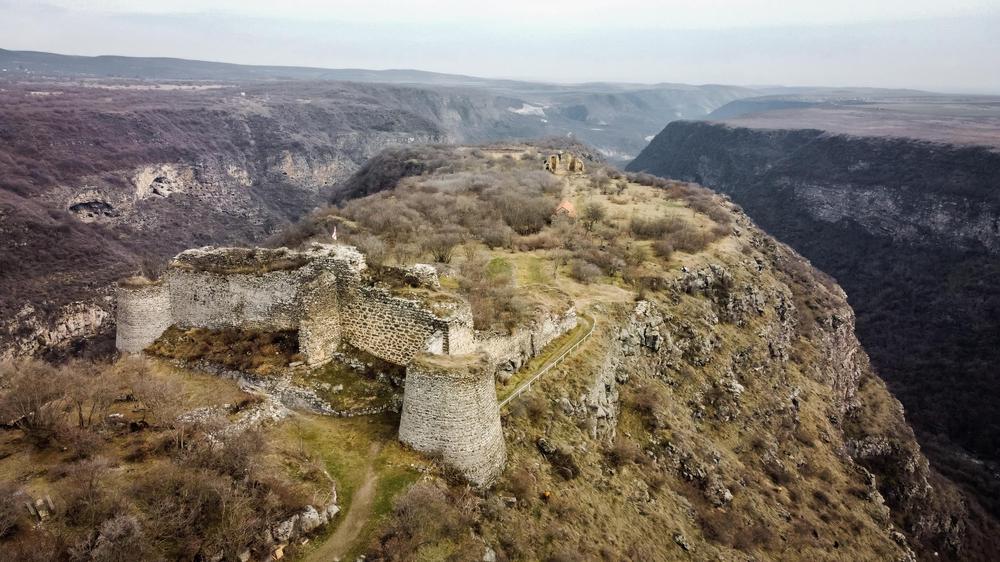Situated in the Tetritskaro municipality of the Kvemo Kartli region, the Algeti Reservoir claims its spot near the village of Tbisi, approximately 55 kilometers (around 34 miles) from the bustling city of Tbilisi. This reservoir, harnessing the waters of the Algeti River, encompasses an area of 2.3 square kilometers (nearly 0.89 square miles), manifesting its considerable presence in the landscape.
Within the scope of development and utility, plans are in motion to construct the Algeti Hydroelectric Station, poised to generate 1.1 MW of power. This ambitious project aims to tap into the reservoir’s potential, channeling its resources towards sustainable energy production. The reservoir itself plays a pivotal role in the irrigation of the surrounding areas, specifically catering to the needs of the Tbisi-Kumisi stretch.
The network of villages benefiting from the reservoir’s water supply is extensive. Djordjiashvili, Asureti, Borbalo, Koda, Marabda, among others, all draw from this crucial water source, underscoring the reservoir’s significance in sustaining local communities.
2012 marked a momentous occasion for the Algeti Reservoir when locals, in an unexpected turn of events, stumbled upon an early medieval human skull within its vicinity. This discovery piqued the interest of experts and archaeologists alike, leading to a consensus that the skull dated back to the V-VI centuries AD and belonged to a male individual, not exceeding the age of 40. Further excavations revealed tombs and remnants of past human activity, painting a vivid picture of a settlement that once thrived during the Middle Ages in this region.
By examining these elements, the Algeti Reservoir stands not just as a vital resource for the present communities but also as a silent witness to the historical tapestry of life that once unfolded in its vicinity. Its role in energy, agriculture, and history forms a multifaceted identity, bridging past and present, nature and civilization.












